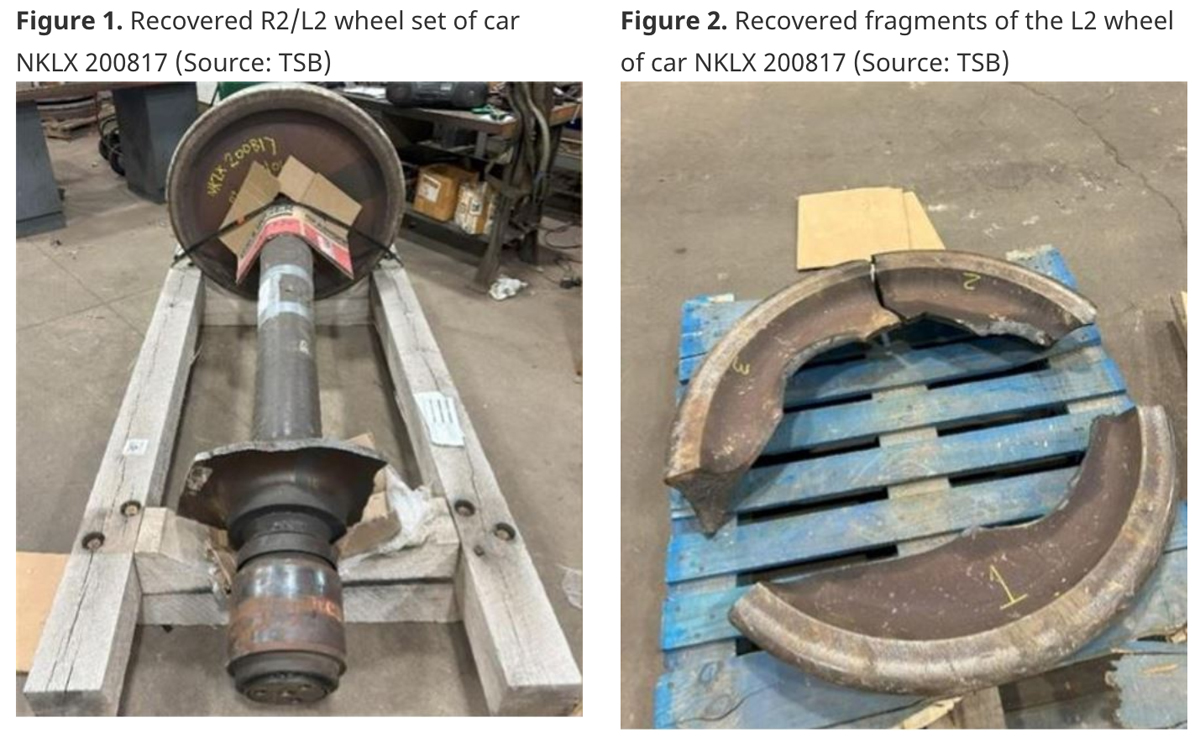
WINNIPEG, Manitoba — A broken wheel, which fractured after sustaining a dent to the back of the wheel plate, led to the derailment of a Canadian National Railway unit grain train in Manitoba in March 2024, the Transportation Safety Board of Canada said in an investigation report released Tuesday (July 29, 2025).
The derailment occurred on March 6, 2024, about 12:26 a.m. near Elie, Man., about 36 minutes after the train had departed a Canwheat loading facility in Bloom, Man., bound for Winnipeg. The train was traveling at 55 mph when an emergency brake application occurred. Inspection discovered 17 cars had derailed, beginning with the 93rd car in the train, covered hopper NKLX 200817. It had suffered a broken wheel on its trailing truck.
Manufacturer inspection of the wheel — which had only been in service for about 11,900 miles — found the wheel had begun cracking on the front side of the plate, directly oppose the dent on the back. Investigation was unable to determine when the dent occurred, but the TSB concluded the damage most likely occurred when the wheel or wheelset was being handled prior to application on the car, during handling by equipment to move or store the wheels. “Because of its location and relative thinness, the wheel plate is vulnerable to damage from handling,” the TSB said in the report. “Even minor dents or gouges can act as a stress riser under service loads.”
The derailment was among those that led the Association of American Railroads to issue a circular letter (C-14561) noting a need for extreme care in handling, transporting, and loading and unloading of wheels and wheelsets, and that any metal-to-metal contact on the wheel plate between the hub and the rim requires a wheel to be scrapped.






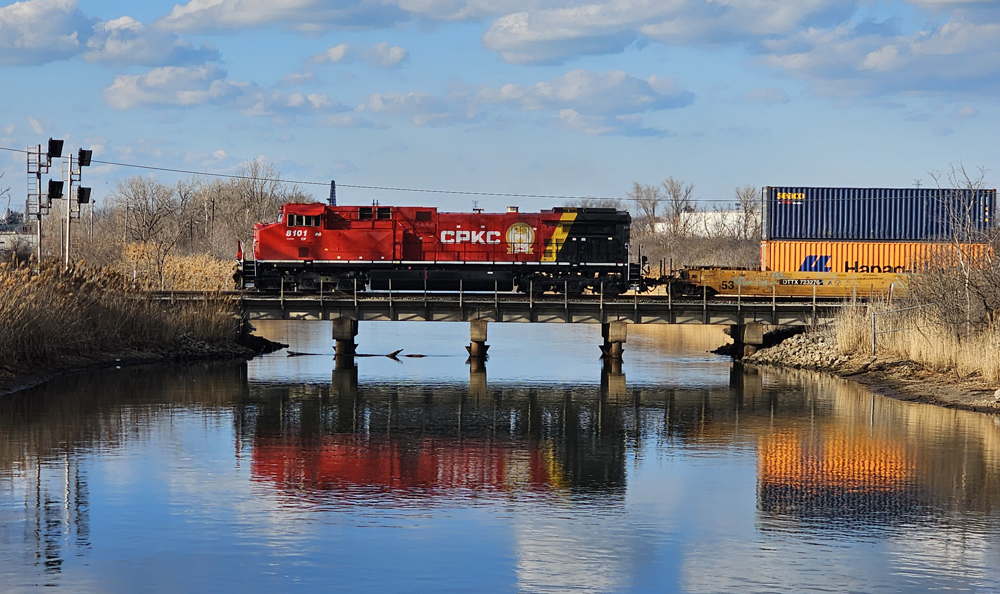
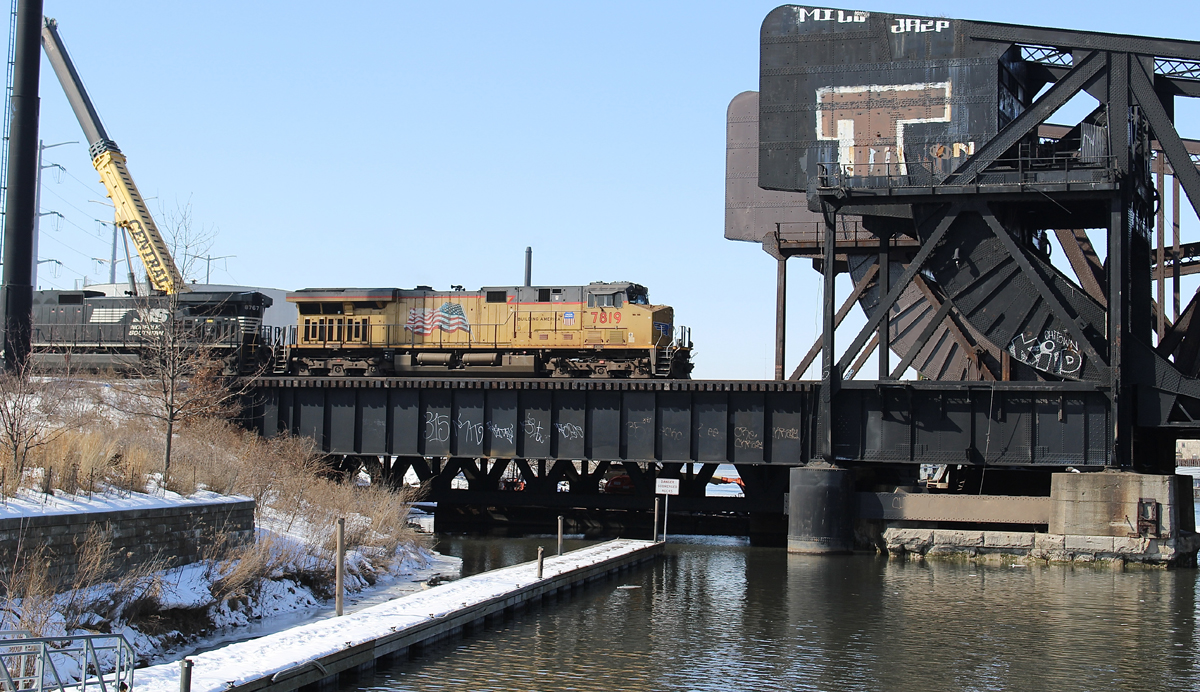
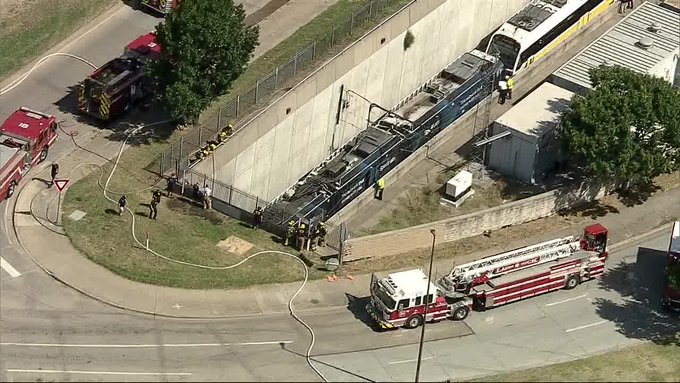
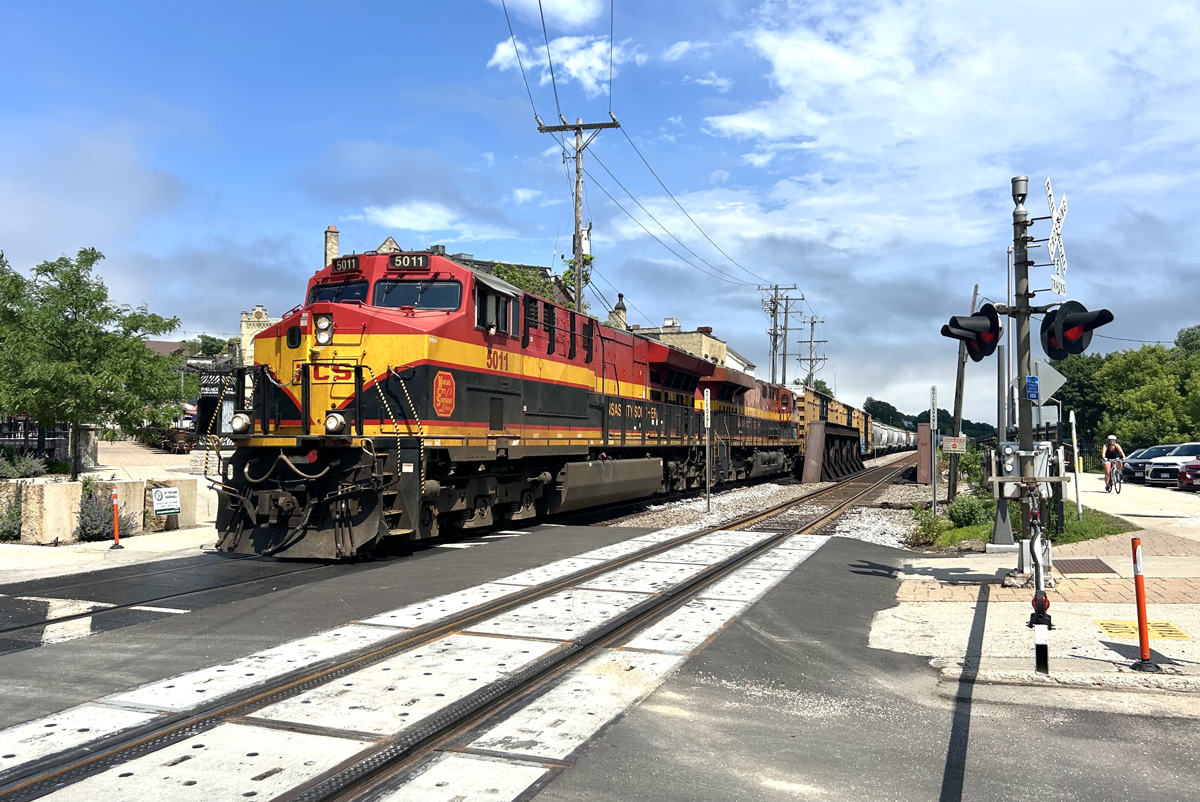
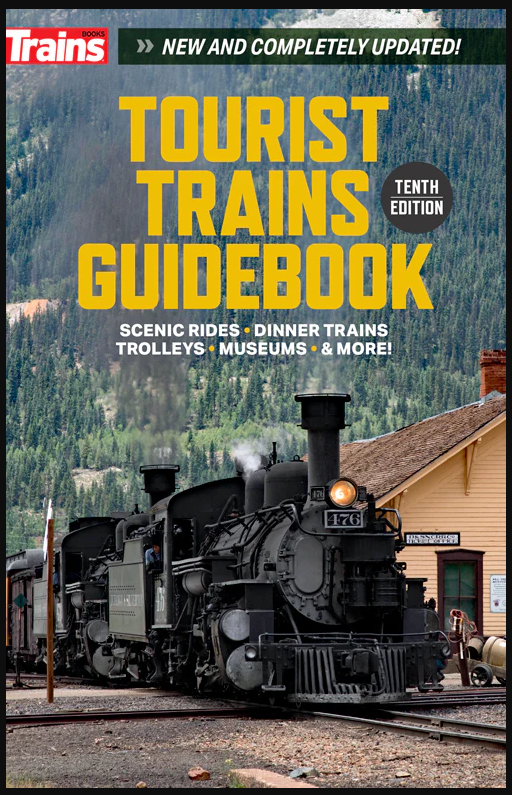
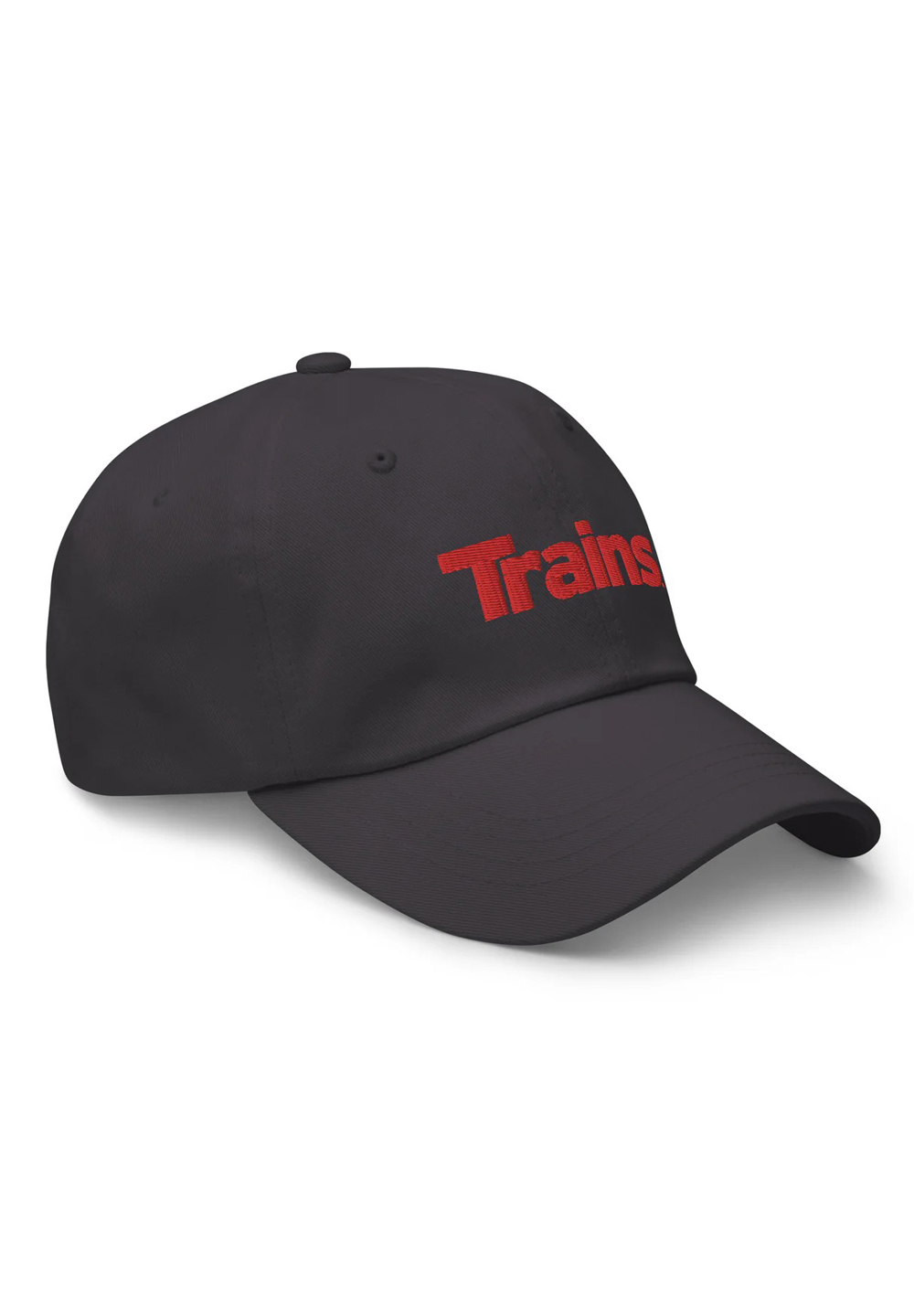
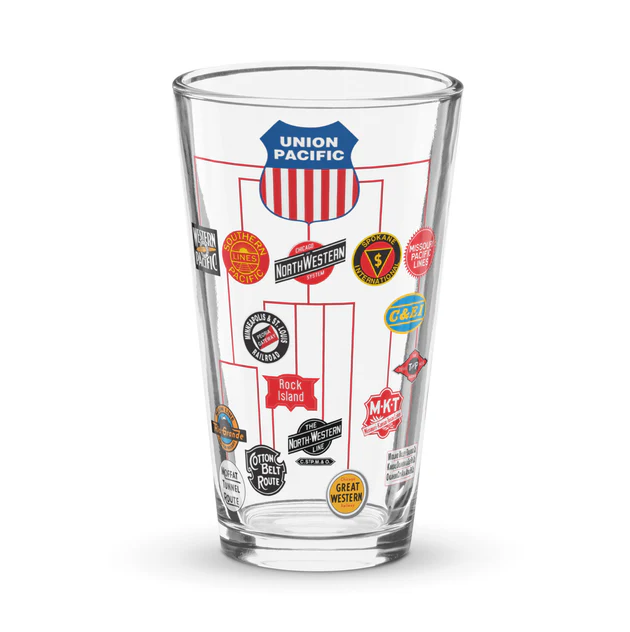
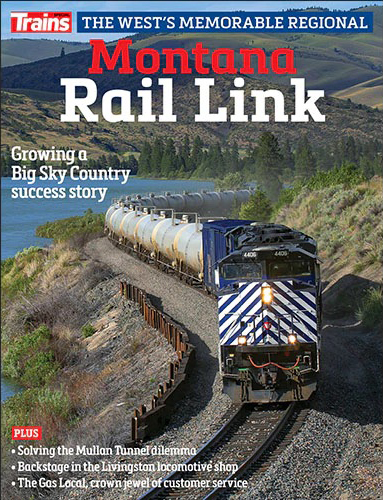
“Flat tire” is actually a flat spot on the wheel. That’s often caused by moving a passenger car/freight car without full release of the hand brake. The brake shoe can stay clapped to the wheel, not allowing the wheel to turn. The wheel slides causing a flat spot.
Just about every freight train will have cars with small flat spots on the wheel. You can hear them. Large flat spots, if caught, will require the car be taken out of service.
March 2024 – July 2025? Seems like a long time for an investigation and report for a clear-cut, easy conclusion.
On August 1966, after an overnight trip from Houston on Missouri Pacific’s ‘Texas Eagle’ from Houston, my father and I rode the Pennsylvania Railroad’s St Louis – New York ‘Penn Texas’ in a modernised heavyweight day coach intended for the Northeast Corridor. (The Pullman sleeping cars were sold out on account of the airline strike that Summer.)
The coach had a chipped wheel the crew called a “flat tyre”. I thought this was a joke because steel wheels cannot possibly deflate to go flat. The car was set out in Altoona early the next morning as passengers boarded a bus to Harrisburg. A single EMU coach took us from there to Philadelphia. We resumed our trip to New York on one the GG1 powered corridor trains.
The ‘Penn Texas’, which once carried through Pullman sleepers from Houston and San Antonio until 1961, was no doubt the most dangerous train I had been on. The “flat tyre” could have disintegrated. Deferred maintenance was the Pennsylvania’s mantra in the 1960s.